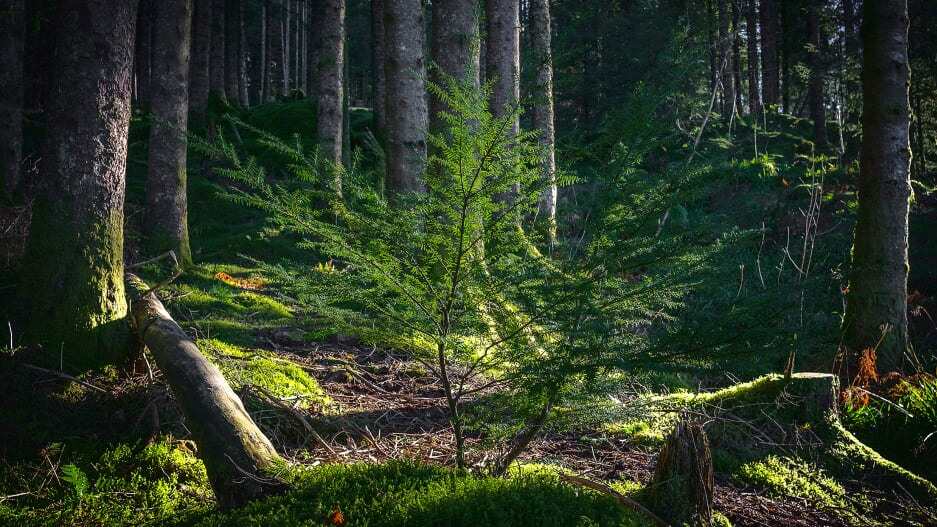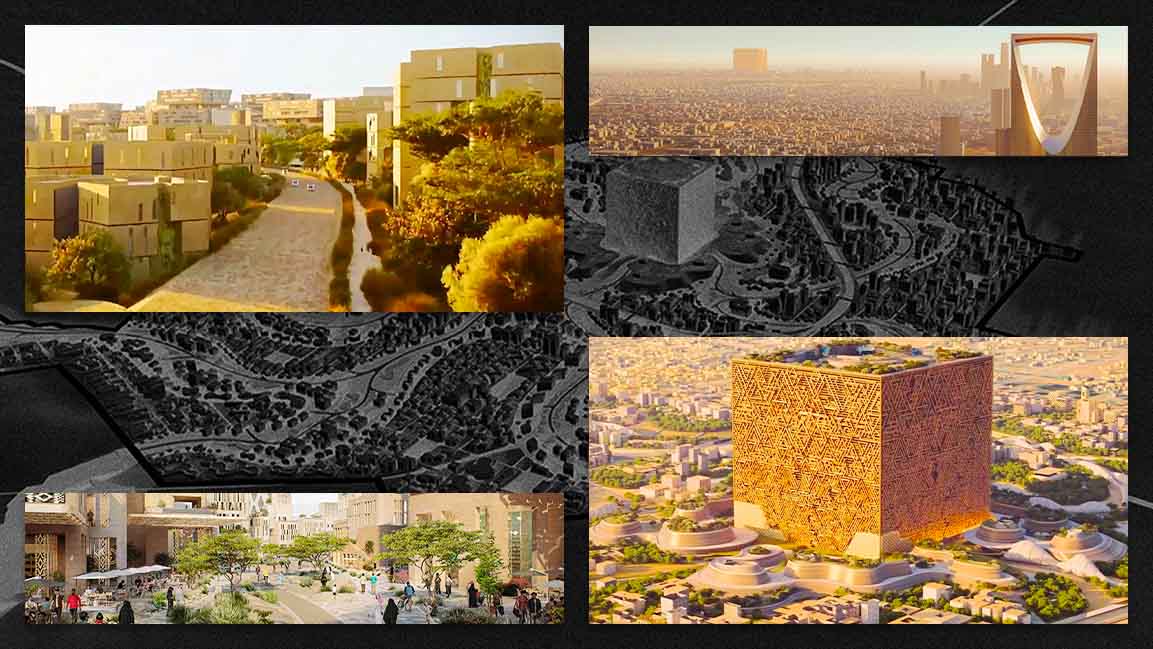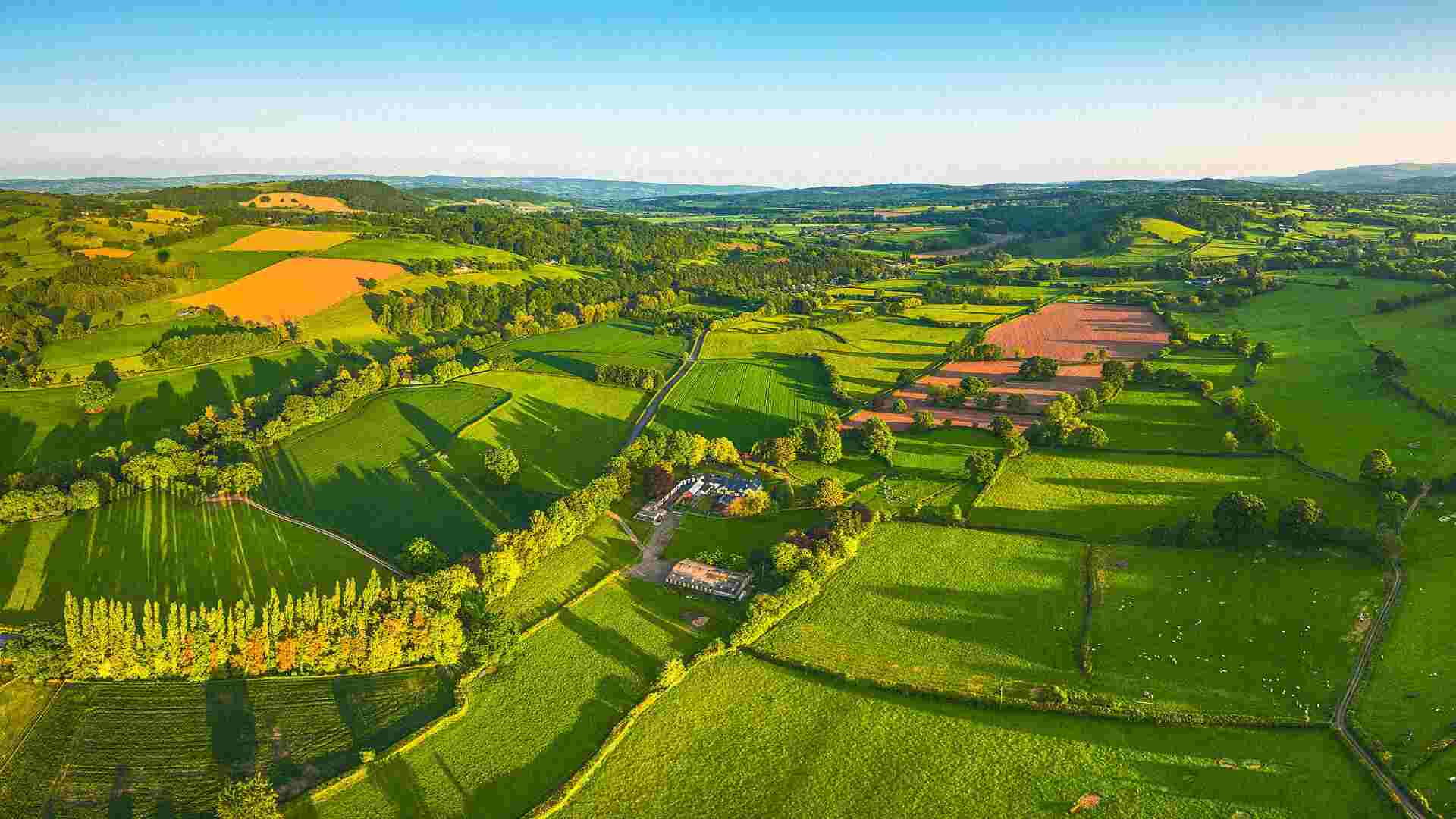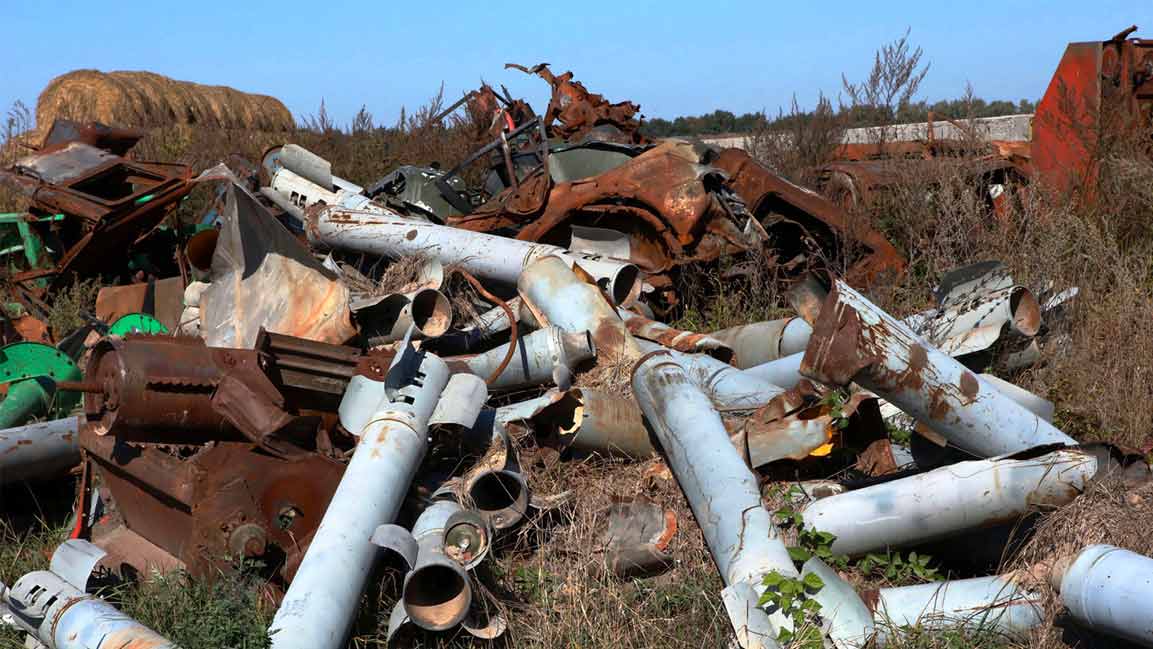- | 9:30 am
Reddit’s ex-CEO: Bill Gates is wrong about trees
Reddit’s former CEO Yishan Wong now runs a tree-planting company. He says Bill Gates’ recent scoffing at trees as a climate solution is off base.

On stage last week during Climate Week in New York, Bill Gates said planting trees as a key solution to tackling climate change was “complete nonsense” and that view must be held by “idiots,” not “science people.”
But when confronted with big problems, even smart people have a tendency to dismiss great solutions out of hand if they encounter just a couple issues with them, rather than taking the time to think more deeply.
Bill Gates comes from a lifetime of success in the technology world. But could that have affected his ability to give trees a fair shake?
I’m the CEO of Terraformation, a company dedicated to restoring the world’s forests to revive ecosystems and build thriving communities. With over 50 million seeds stored across our global seed bank network, we’ve facilitated the planting of over 850,000 biodiverse trees and plants and created nearly 700 jobs worldwide—more than half of which are held by women. Our Seed to Carbon Forest Accelerator continuously launches early-stage forestry teams to build and scale biodiverse reforestation projects worldwide.
Here are three of the biggest myths that have kept people from seeing how forest restoration can be one of the best solutions to solving our climate and biodiversity crisis:
MYTH #1: TREES ARE TOO SLOW
You hear this a lot: “Trees would take 20 years to reach maturity.”
That’s not quite true. Technically speaking, trees start removing carbon from the air the moment they start growing. Every kid in school learns how plants take water and sunlight and use it to make more plant material. From the day it sprouts, a seedling is taking carbon out of the air, combining it with sunlight and water, and turning it into . . . more tree!
It’s not much at first, but trees grow quickly: within a few years, many tree species are taller than an average human. And it’s exactly in this early period of growth—the first couple decades—when trees are drawing carbon out of the air at the fastest rate. Planting new forests right now doesn’t mean we’ll need to wait 20 years; they’ll start having an effect within only a few years, if we plant a lot of them.
On the other hand, one of the surprising things you learn from working in tech is that new technology takes far longer to deploy than most people think.
It’s not enough to get a single prototype working—you need to learn how to make a lot of them, reduce defects, and tailor it to different customers, especially if you’re looking to deploy globally. This process can take decades.
MYTH #2: THE SCIENCE DOESN’T SUPPORT REFORESTATION
When confronted with the idea of tree-planting as the best climate solution, Bill Gates scoffed, “I mean, are we the science people or are we the idiots?”
Well, the science people (I like to call them “scientists”) are pretty clear on this: the leading research on the global tree restoration potential says that restoring forests everywhere on all land with enough natural rainfall would represent a drawdown of 200 gigatonnes of carbon at maturity.







































